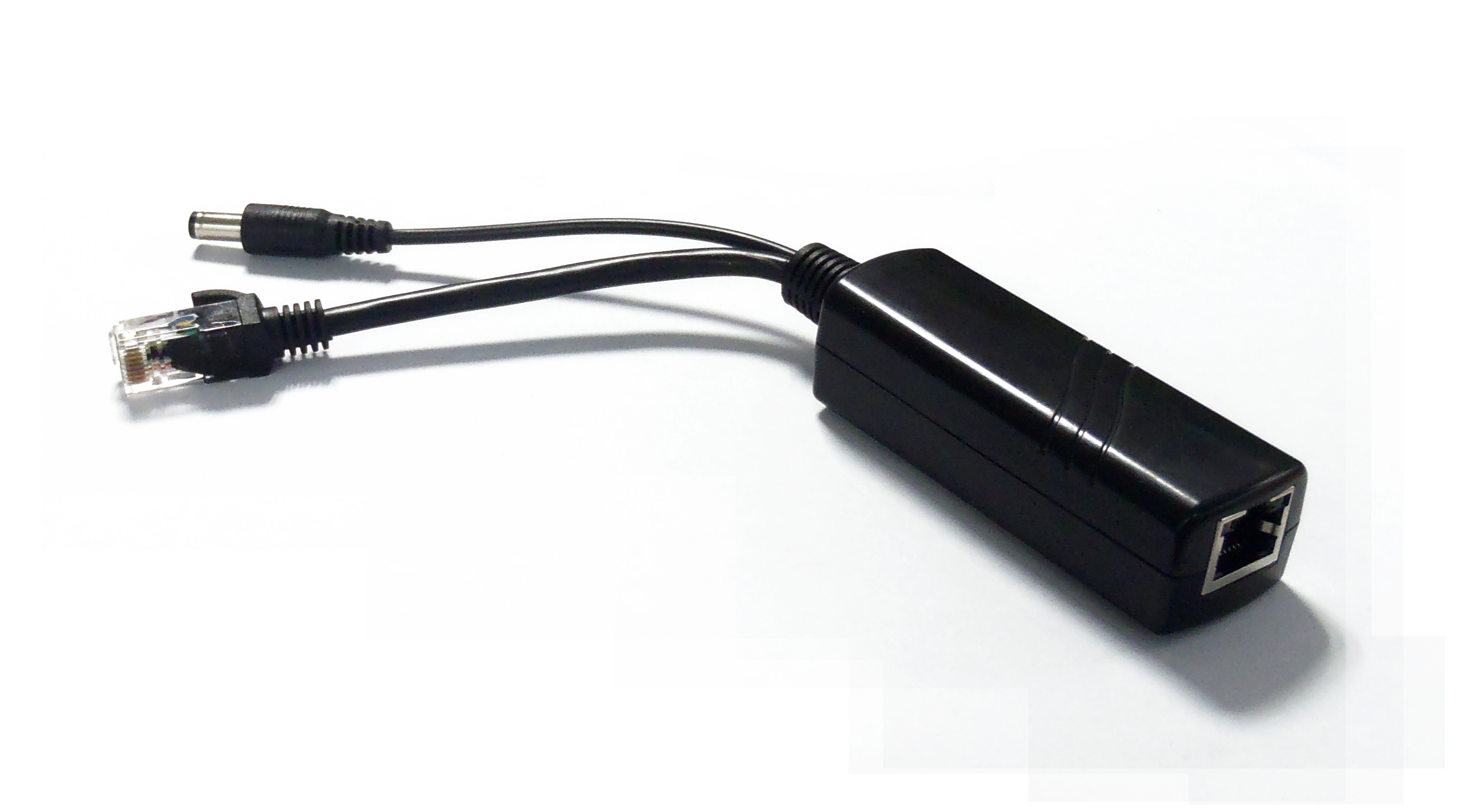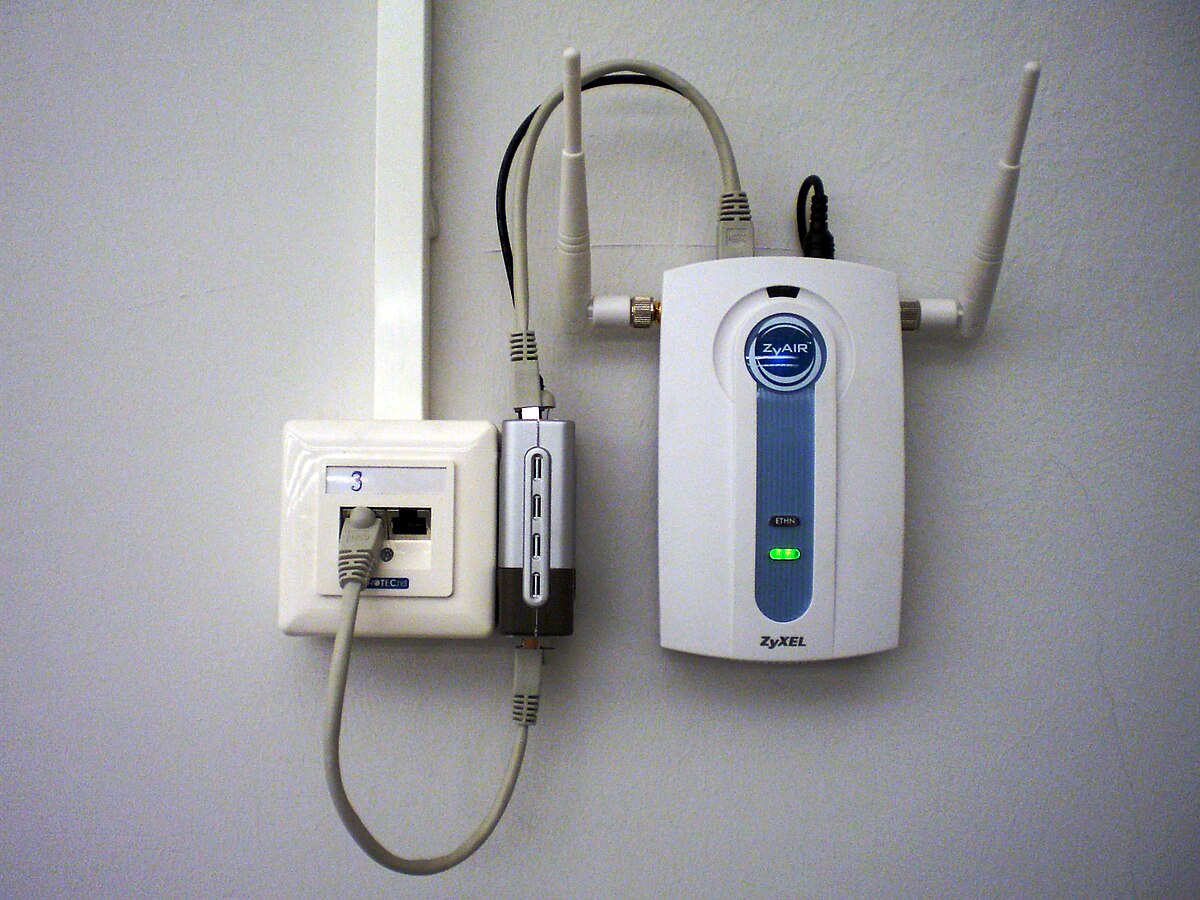Tested the mike and the current draw is in the range of less than 1 milliamp. If you don't mind running another pair of wires then use a 12 VDC wall wart. The ligher non transformer types seem to be better filtered than the heaver transformer types. Running one MocroSeven at 12 VDC and the other at 16 VDC. Both work fine. A 9 volt battery could be used for testing, but will only last about 2 weeks on a 24x7 basis depending on battery type.
On your question about the 1.5 amps, this is the maximum output current rating at 12 VDC for the AC/DC adapter. i.e. it can provide current less than the maximum but NO more than 1.5 amps at 12 VDC. That is provided that the AC input is at least 1 amp at 16 VDC or a little more than half an amp at 28 VAC.


